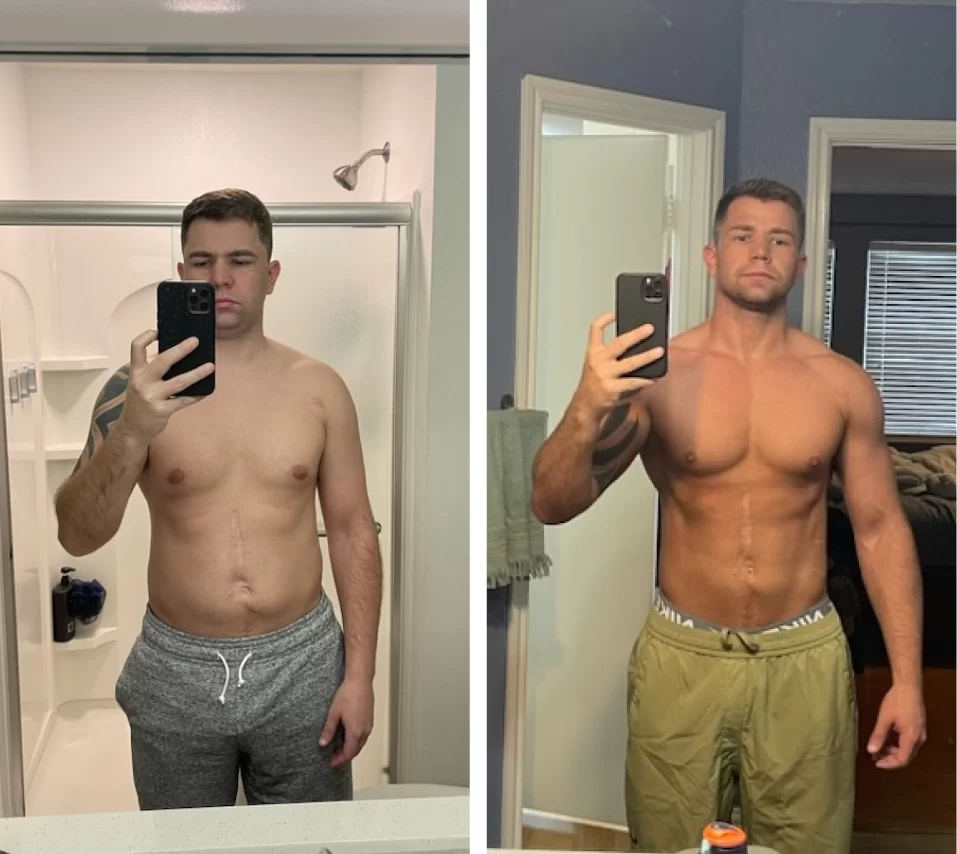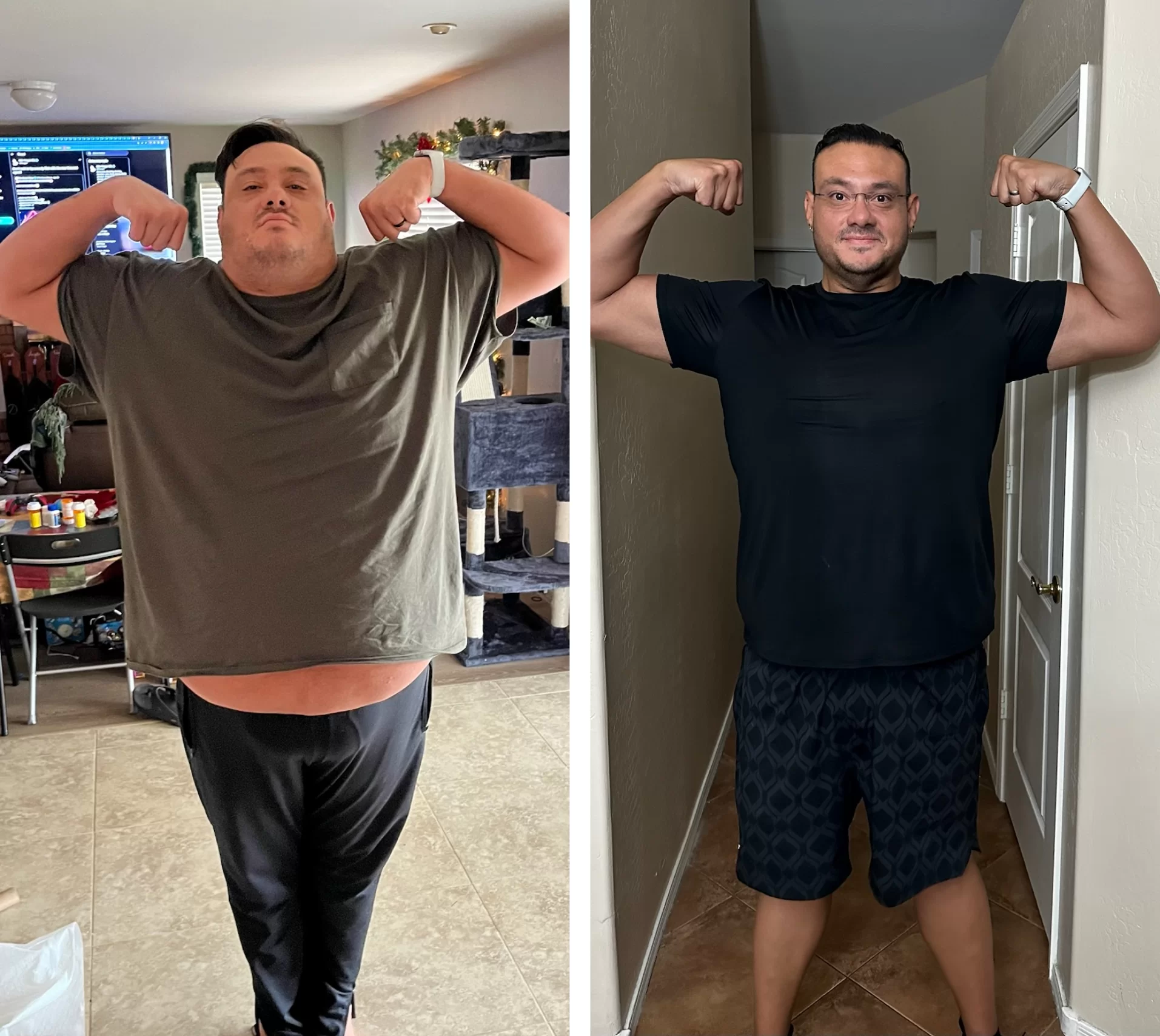Everyone knows that physical activity is healthy for you but did you know that hitting the gym may also boost low T? Testosterone and exercise have a complicated relationship. Some experts argue that regular exercise increases T levels, whereas others warn that training too much can cause a drop in T production. The answer is somewhere in the middle.
Testosterone and Exercise
There’s a common misconception that since moderate exercise is proven to boost T levels, then working out a lot will increase levels even more. This may sound like a logical idea, but over-exercising is counterproductive since research has linked it to lower T-serum and T production. These hormonal problems are so common in long-distance runners and professional athletes that it’s earned the name “overtraining syndrome.”
A study of cyclists, long and medium distance runners, and weight lifters found that over-training reduced total T by half, and growth hormone (GH) levels by about 20 percent. Decreased T and GH was also seen in a similar experiment involving long-distance runners.
Exercise can combat weight gain that often comes along with low T, and may improve other symptoms like low energy, poor sleep, and loss of muscle tone. Some endocrinology specialists argue that regular physical activity can even increase the effectiveness of hormone replacement therapies.
How Does Exercise Boost Testosterone?
According to Endocrine Connections medical journal, resistance training improves levels in aging men, citing, “significant correlations between testosterone and measures of physical performance in older adults have been observed.”
Urinalysis of college-aged males after one month of strength training revealed a significant increase in T excretion. Another study published by the academic journal Sports Medicine found that T levels of healthy men had risen after only 15–30 minutes of physical activity, though other studies found that the T levels of some study participants remained elevated up to an hour after training.
Evidence suggests that increases in overall muscle mass may also increase the number of androgen receptors and improve receptor function. More muscle means more surface area where T can bind to the receptors, allowing more T to be utilized at one time.
What If You Don’t Have Weights?
Equipment-free workouts can be just as effective at upping T levels as weight training. Research suggests that repetitions of high impact exercises with short cool-down periods in between are best for maximizing hormone levels.
Exercises that require the use of your body weight as resistance are especially beneficial to T levels since they target muscle tissue where many T receptors are found.

5 Exercises to Boost Testosterone (Without Weights)
Plyometrics
Plyometrics or “jump training” is a very effective group of exercises that improve physical stamina, muscle tone, and strength. This type of workout employs the maximum force of your leg muscles to propel you. Some trainers advise that you do Pylos in short-intervals to maximize muscle potential and to increase your vertical jump.
Try doing two sets of 5 jumps, alternating between one and two-legged jumps. Some people may find this many reps to be taxing on their joints– if this is too much for you then decrease to 3 reps.
Strength Training
Using your body weight for resistance training can be just as effective at boosting T as heavy-lifting and is typically much easier on the body. Pull-ups and push-ups require you to lift your body weight, which over time will build muscle mass and strength.
Try to do 20-25 pull-ups spread throughout the day, don’t worry if you can’t do much at first, keep trying and you’ll get there.
There are several variations of push-ups to help you increase the difficulty and work different muscle groups. If you’re new to working out, you’ll likely need to start slow and add more reps as you get more comfortable.
A good goal for beginners to aim for is 20 push-ups a day, once you’ve mastered that, increase the reps to 30, then 50, and so forth.
Rowing
There’s conflicting evidence as to whether rowing helps T levels, but most researchers agree that it’s beneficial in moderation. Besides increasing T, rowing is an excellent way for people who have limited mobility to get a cardio workout. Hitting the rowing machine too much can decrease levels of free T, so be careful not to overdo it.
Sprints
Multiple studies have found that sprinting for short periods (6 to 90-second intervals) creates spikes in T levels both during and after exercise. A fun activity for beginners is to sprint for 20 seconds, then rest for 30 seconds. Have a good stretch and warm up a little before diving into your sprints, failing to do so could result in a pulled muscle.
Yoga
Yoga is an ancient medicine that has been used for thousands of years as a treatment for everything from arthritis to anxiety. Experts claim that beginner-friendly positions like the bridge pose, bound angle pose, and chair pose, may help T levels by increasing circulation to the adrenal glands and encouraging hormone secretion.
How Else Can I Naturally Improve T Levels?
Getting enough rest is one of the easiest ways to boost T levels since much of our hormone production happens when we’re asleep. Yo-yo dieting and super-restrictive diets like low carb plans can cause T levels to fall.
A diet of healthy carbohydrates, proteins, and fats can also help to maintain levels, especially if you’re physically active. Taking a daily multivitamin is another way to ensure your nutritional needs are being met and can even aid T production too.
The Bottom Line
While exercise probably won’t cure your hormone deficiency, it can temporarily give your levels a boost. Some scientific evidence suggests that working out may even increase the efficacy of hormone replacement therapy (HRT) in men with low T.
Talk to your doctor to make sure you are healthy enough for physical activity before you start a workout routine. Always listen to your body when exercising, pushing yourself too hard could result in severe injuries like muscle tears and bone breaks.
For more information on how HRT and exercise plans can increase your levels, please contact Renew Vitality for a consultation.




